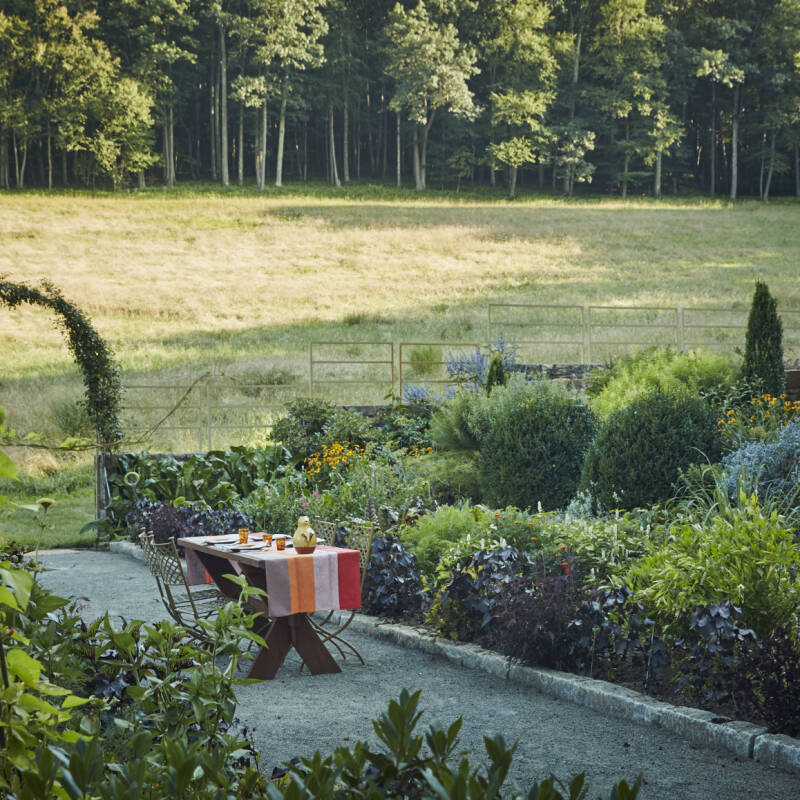We’re not so naive as to think cut dahlias will last forever, but we’re ready to do what it takes to keep them alive a little longer. What if you dissolve an aspirin in the water? Or drop a copper penny into the bottom of a vase? Can it be that easy?
In the interest of science, we bought a bouquet so we could test five additives people commonly put in water to try to make fresh flowers last longer:
- Vinegar and sugar mixture: The common wisdom is that vinegar will mitigate bacteria, and sugar will act as food.
- Conventional flower food.
- Bleach: The idea is that a teaspoonful will kill bacteria.
- Aspirin: To increase the acidity of the water.
- Penny: The copper allegedly acts as an antibacterial agent.
- Plain water.
Here’s what we learned.
Photography by Erin Boyle.

To begin, we followed best practices for taking care of cut flowers with tried-and-true flower care basics.
- Trim flowers once they’re home; a 45-degree angle is best.
- Use a clean vase, because the worst enemy of fresh flowers is bacteria.
- Keep flowers out of direct sunlight; the cooler and darker the room, the longer your flowers will last.





Results:
- Vinegar and sugar: Flowers strong through Day 3. By Day 5, flowers were curled on the edges and ready for compost, but still relatively intact. Similar results to plain water.
- Conventional flower food: Flowers lasted through Day 3, strong stem through Day 5. In one trial, the flower curled completely by Day 2.
- Bleach: Strong stem through Day 5. In one trial the flower stayed healthy through Day 4, in another it was shriveled by Day 2. Most inconsistent results.
- Aspirin: Flower held strong through Day 3 across all three trials, but flopped by Day 5. In each case, the stem turned gray.
- Penny: Lasted well through Day 3 in each trial. Stem still strong by Day 5, but flower curled. Similar results to plain water.
- Plain water: Flower strong through Day 3, shriveled by Day 4 or 5.

Conclusion:
We didn’t see the drastic differences that we thought we might. In our first trial, the bleach and flower food seemed to have actively negative effects on the flowers, but two more trials didn’t prove the same. All things considered, we found fairly consistent results in all three trials, which has us thinking we might just stick to plain water in the future.
See more about growing and caring for dahlias in Dahlias 101: A Field Guide and find more flowery inspiration in Floral Arrangements.
N.B. This is a rerun of a post originally published on September 19, 2013, as part of our Modern Root Cellar issue.








Have a Question or Comment About This Post?
Join the conversation